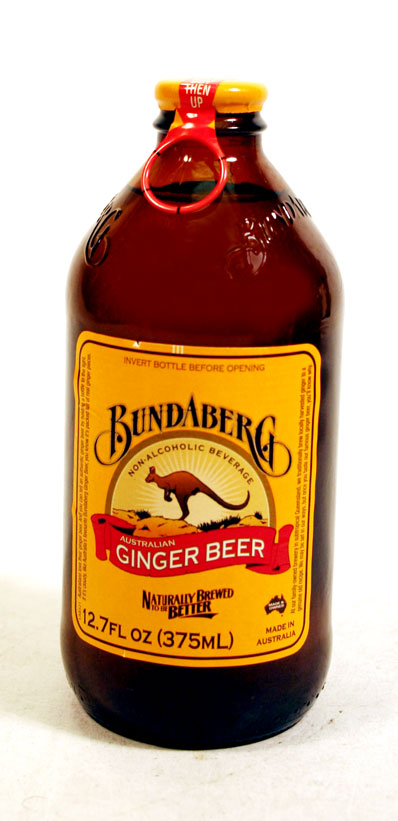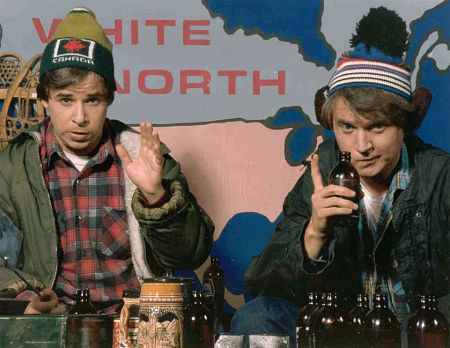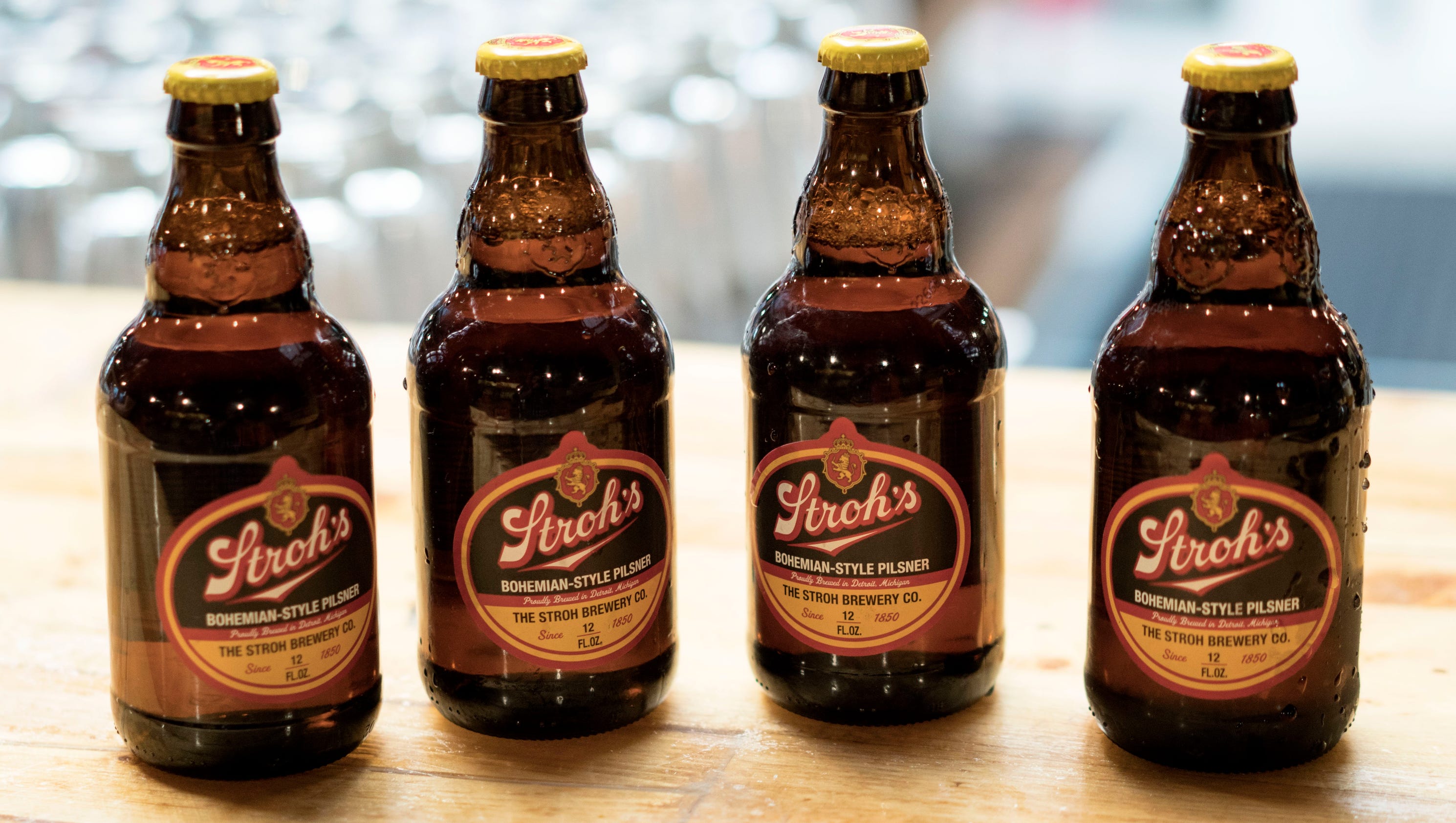SkllGent
Member
- Joined
- Aug 22, 2016
- Messages
- 7
- Reaction score
- 4
I just bought a new capper for my past brew. I finially got rid of the winged looking capper I got with my kit. I got in touch with one of my beer mentors and told him I wanted the last capper I will ever buy. He suggested the Super Agata Bench Capper (more details here). I really liked using it when I figured it out. There were no english instructions available.
I am looking to go to a keg system but until then I will probably stick with bottles because they are plentiful from my beer drinking friends and I can easily give them away.
I did a review on it for my youtube channel if you want more information.
I am looking to go to a keg system but until then I will probably stick with bottles because they are plentiful from my beer drinking friends and I can easily give them away.
I did a review on it for my youtube channel if you want more information.
Last edited by a moderator:











































![Craft A Brew - Safale BE-256 Yeast - Fermentis - Belgian Ale Dry Yeast - For Belgian & Strong Ales - Ingredients for Home Brewing - Beer Making Supplies - [3 Pack]](https://m.media-amazon.com/images/I/51bcKEwQmWL._SL500_.jpg)
















